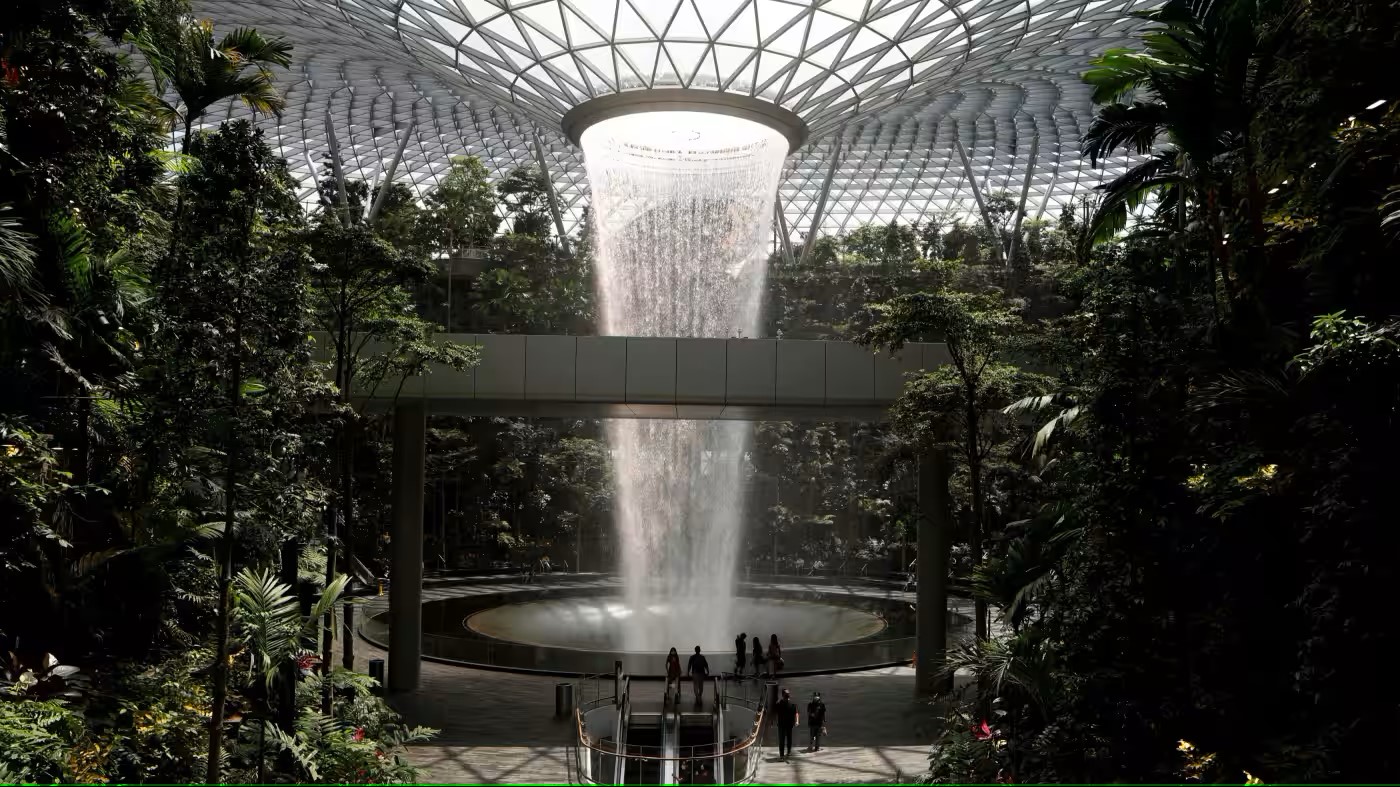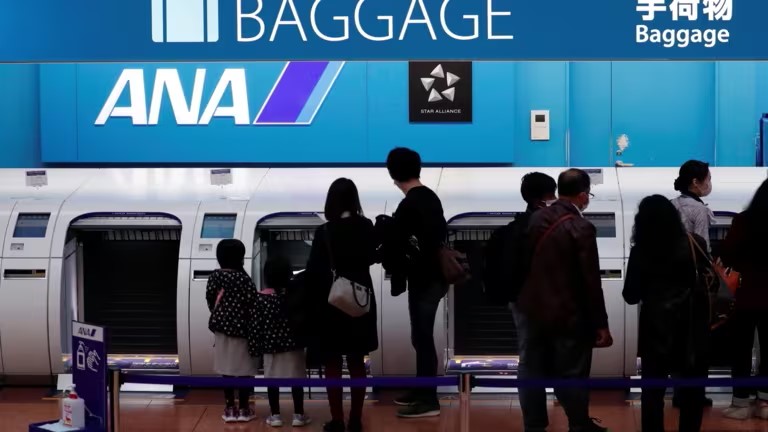Asia’s airports have to be reinvented for greener post-COVID world

Christopher Shugg
Managing Director, Aviation, Surbana Jurong
An ongoing existential shift from traditional airport design to a more holistic approach that weaves sustainability and innovation into the fabric of airport planning is underway as the aviation industry navigates the post-COVID-19 landscape of travel.
Airports, which are typically sprawling complexes of concrete, glass and steel, should be seen not just as transit points but also as microcosms reflecting broader societal shifts toward technological advancement and increased ecological responsibility.
Sustainability in airports has to extend beyond merely incorporating renewable energy sources. It will take a multidimensional effort encompassing the use of materials that are not only low in embodied carbon but also conducive to low maintenance, operational efficiency and ease of use.
Such a comprehensive approach to sustainability would aim to create structures that withstand the test of time in terms of style and function and also align with and adapt to airports’ long-term operational needs.
Singapore, a leader in green building initiatives, serves as a prime example of this comprehensive approach.
The city-state’s statutory requirements for green buildings prioritize energy efficiency, a crucial consideration in a tropical climate in which energy consumption, primarily for air conditioning, constitutes a significant operational cost.
As part of Surbana Jurong Group’s consultancy work on projects like the design of Singapore Changi Airport’s planned Terminal 5, such considerations extend to integrating solar panels while taking steps to address glare that could impact pilots by using less reflective panels and adjusting their orientation.
This example illustrates the nuanced balance needed between energy innovation and functional safety. Other low-energy strategies are also being integrated into the development of the terminal.
Automation has emerged as a major sustainability driver. In the post-pandemic world, airport resilience has been redefined to include a heightened role for technology.

The pandemic has served as a catalyst, accelerating a shift toward touchless and contactless passenger processing. This technological leap entails not only addressing the pressing need for health safety in high-traffic environments but also enhancing the passenger experience through efficiency.
Automating tasks — through setting up check-in and luggage drop-off kiosks, for example — can reduce airports’ manpower needs without compromising the passenger experience. Automation can also boost productivity for existing employees, leading to a more sustainable operational model for all stakeholders.
Touch points with technology do not end with passenger processing. Behind-the-scenes operational transformations can also bring major benefits.
Airside operations that were previously manpower- and energy-intensive are now transitioning. Electrified ground support equipment like baggage tugs and autonomous aircraft pushback vehicles are significantly reducing the emissions and carbon footprints of these operations.
In this way, airport infrastructure is fast adapting to the digital age, potentially rendering the need for some physical spaces redundant.
Baggage handling systems, among the costliest elements of any airport in terms of space and cost, are ripe for further digitalization and automation.
It is possible that Yamato Transport’s Ta-Q-Bin service, which allows travelers in Japan to send their luggage on ahead from a hotel or convenience store, could be the basis for scenarios in which digitalization allows for baggage to be divorced from the passenger experience altogether. This would allow for more efficient airport space utilization while improving the passenger experience by providing more convenience and flexibility.
The digital frontier extends to retail as well. The pandemic highlighted the precariousness of airside retail spaces, spurring a rethink on commercial strategies within airports.
With the rise of e-commerce, the traditional duty-free shopping model is evolving. Technological advancements and shifts in consumer behavior driven by e-commerce are leading toward a more integrated retail experience in which passengers shop online and pick up items at convenient airport locations, merging the ease of digital buying with the physical journey.
This evolution can be expected to impact the commercial mix and utilization of space in airports, with the potential to engage passengers in more meaningful, location-specific activities and entertainment.
The evolving role of airports necessitates broad vision from architects and planners to embrace both technology and sustainability. The technical complexity of airports must be addressed in terms of optimal passenger flows and technological systems, as well as minimizing the environmental footprint of their operations.
The future of airport design has to be about not just scaling up but scaling up in a smart way. As airports expand to handle ever-increasing volumes of passengers, baggage and cargo, the challenge of moving them more efficiently becomes more pronounced. Innovative solutions like integrated people-mover systems are becoming necessary to navigate the vast expanses of modern airport terminals.
The aviation sector’s journey toward a sustainable and innovative future involves a complex tapestry of technology, design and environmental stewardship considerations.
The key will lie not in isolated technological breakthroughs but in having a strategic overarching approach and summoning concerted effort to harmonize the multifaceted aspects of airport operations with the imperatives of sustainability.
The airports of tomorrow will not merely serve as transit hubs but beacons of green innovation, reflecting a global commitment to a more responsible and efficient traversal of the world’s skies.
This opinion column was written by Christopher Shugg for Nikkei Asia Opinion.


